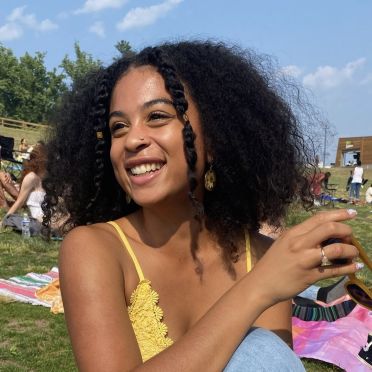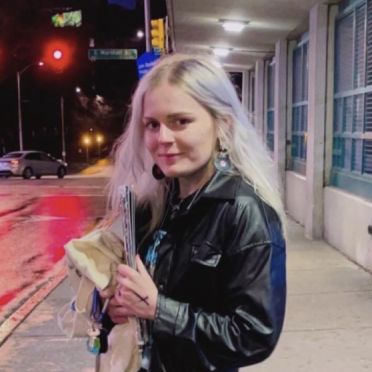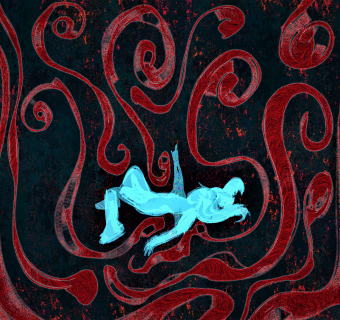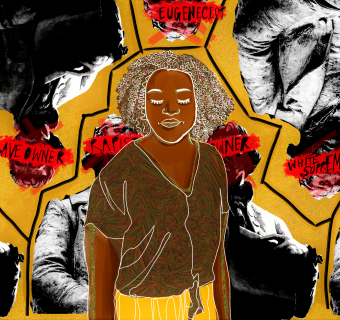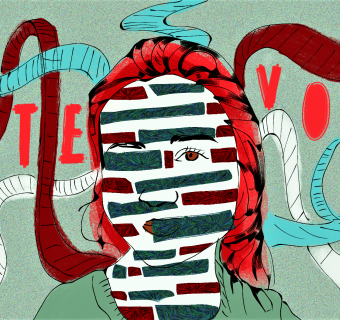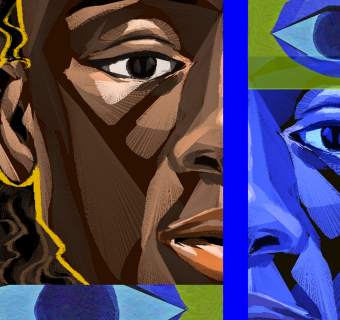“We, the Black students of the University of Virginia, do not trust you.”
These are the words that began the open letter written by the Black Student Alliance at the University of Virginia, and published by Cavalier Daily, after a noose was hung from the neck of the Homer statue on the South Lawn on September 7, 2022. This institution has failed time and time again to protect Black students, resulting in a lack of trust from this marginalized population. Black students do not feel safe. Black students feel targeted, angry, and afraid. They deserve an organization dedicated to ensuring diversity, inclusivity, and equitable practices for all students on grounds. The thing is, students do have a department (the Division for Diversity, Equity, and Inclusion) that is supposed to be dedicated to these very three things. So why doesn’t it feel like it?
Imagine being a Black student attending a university that was built by enslaved Black people, and founded by a slave owner who raped those he had enslaved, and kept his own children as slaves after they were born. The University of Virginia was founded in 1819, and it was not until 131 years later when the first Black student attended the University. As this is an institution that has the legacy of a racist, slave owning, rapist by the name of Thomas Jefferson flowing through its very veins, it is understandable that a Black student would not feel that this is an inclusive and equitable space for them, despite it being the mission of the Division for DEI.
The university is one of many institutions which have generated increased marketing campaigns and DEI efforts after the summer of 2020, when the brutal murders of George Floyd and Breonna Taylor drew increased awareness to the issue of police brutality. Following this bloody summer, websites like the one dedicated to the Division for Diversity, Equity, and Inclusion (DEI) at UVA were filled with vibrantly colored flow charts and infographics that outlined their supposed goals and mission for DEI work. In contrast to the very real and traumatic experiences of the Black population, these pretty graphics feel empty and shallow. It is almost as if many universities are following a trend of appearing to do the right work, when they do not genuinely care about diverse experiences. For these reasons, it is hard not to initially see UVA’s Division for DEI as hollow and performative.
So it begs the question: is the University of Virginia simply following a trend of performative activism with their DEI efforts, or do they truly care about creating the equitable and safe space that all students deserve?
***
The following questions are ones I have posed to a few individuals* involved in DEI work at the University in an effort to understand the extent to which they value the marginalized student experience.
*Taylor Nichols: Education and Outreach Specialist at the UVA Women’s Center. Focuses on gender violence and social change, as well as diversity, equity, and inclusion.
Rachel Spraker: Senior Director for Equity and Inclusive Excellence in the Division of Diversity, Equity, and Inclusion
Kevin G. McDonald: Vice president for Diversity, Equity, Inclusion, and Community Partnerships in the Division of Diversity, Equity, and Inclusion
Why is there a Division for DEI at UVA, and when was the division created?
Taylor Nichols: DEI has its roots in the civil rights movement as a way to make marginalized students feel that they were welcomed and belonged in newly desegregated schools.
Rachel Spraker: The Division for DEI was created in 2005 with William Harvey as the first director of the post. The Office for Equal Opportunity and Civil Rights was created in 1972 with a focus on equitable hiring practices, and has since expanded its focus to harassment and discrimination prevention. The Office for Equal Opportunity and Civil Rights has since been incorporated as a branch of the Division for DEI.
What is the purpose of DEI work, and what does the Division for DEI do?
Taylor Nichols: DEI work focuses on unlearning discriminatory patterns of behavior, and finding ways for students and faculty to do the inner work to insure that marginalized people are not an afterthought.
Rachel Spraker:
The Division for DEI works with data about student experiences and holds focus groups in order to understand the struggles of marginalized students, and how the Division can best support them. These actions include:
• creating a framework for inclusive excellence to ensure that university departments are committed to sustaining DEI efforts
• providing departments with templates and resources for them to create an inclusive excellence plan, and encourage departments to share their plans publicly in order to ensure accountability
• making efforts to engage the surrounding community by giving them access to the framework for Inclusive Excellence. This framework has been used by the community without charge, and in place of paying consultants to do DEI work
• hiring inclusive excellence fellows who focus on differing experiences in order to implement a stronger sense of community and belonging
What has the Division for DEI’s response been to recent hate crimes?
Kevin McDonald: The initial effort after a hate crime is to collaborate with the administration and communities in need, and figure out how they can be “strong partners in support.” There is a continuous effort to implement long term structures that go beyond the singular incident of the hate crime.
How does the Division for DEI view student involvement and activism?
Kevin McDonald: “I appreciate, and have always appreciated the activism of students.”
Kevin McDonald: “I think our student population is incredibly important to our institution.”
How do those involved in DEI work feel about Thomas Jefferson’s Legacy?
Taylor Nichols: “It's tough [sigh].”
Rachel Spraker: “There is no escaping our history.”
Kevin McDonald: “It feels like there is a commitment [at the University] to telling a fuller story.”
***
Before conducting these interviews, I believed that if the Division for DEI really wanted to create a supportive environment for the “historically underrepresented groups” mentioned in their mission statement, there would be no doubt in the minds of Black students about it. We would not question the validity of this statement, because we would be able to feel the effects of DEI work here on grounds. However, it is worth noting that there is much complexity in accomplishing true change through DEI work. It is difficult to create an equitable and diverse space in a place centered around the very complex legacy of a person like Thomas Jefferson. Hate crimes demonstrate that there is still much work to do within the university administration, the student and staff population, and the Division of DEI itself. This does not mean that there are no faculty that care about us and our experiences.
Despite all the hate and discrimination we must constantly battle here on grounds, we do belong here, and there are sects of the University of Virginia dedicated to spreading this truth. For those students who do not have marginalized identities, I implore you to look within yourself and question whether or not you are contributing to a safe, equitable, and inclusive space for all students here. Change is slow to come, but by doing even seemingly small work like self reflection, we can improve the conditions of Black students.
We may not trust you right now, but we should. So what can you do to earn this trust?
For any curious readers, the following is a link to the website for the Division for Diversity, Equity, Inclusion. Here, you can find the information of Kevin McDonald and Rachel Spraker, as well as others who work in the office. Kevin McDonald especially has made it clear that he welcomes students reaching out to him with questions and concerns via email.


